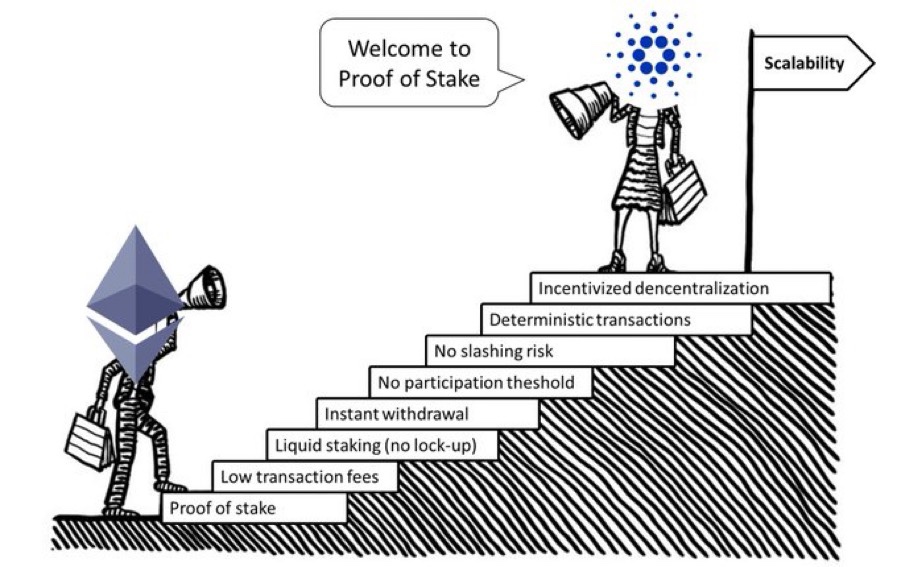Annualized Global Crypto-Asset Electricity Usage Is Down 17% Since the Beginning of the Year

According to an analysis from BanklessTimes.com, the global annualized electricity usage for crypto-assets has decreased by 17%.
Speaking on the data, Jonathan Merry, CEO of BanklessTimes, said, “The key drivers of electricity usage in cryptocurrency mining are the underlying asset price and the miners’ efficiency. More people want to mine when prices go up, driving up electricity usage. When prices go down, usage falls off.”
He added that “the most significant recent event affecting electricity usage has been the shift by Ethereum miners from proof-of-work to proof-of-stake.” He says this has resulted in a reduction in Ethereum’s electricity consumption.
Ether’s Shift to Proof-of-Stake
Bitcoin and Ethereum have used Proof-of-work as a consensus mechanism to mine and verify crypto assets. However, Ethereum is gradually moving away from this process by employing the Proof-of-stake consensus algorithm.
Under the proof-of-work system, miners use their computational power to validate transactions and add them to the blockchain. They are then rewarded with crypto tokens for their efforts. The more computational power a miner has, the more chances they have of validating a block.
Blockchain’s Future
Despite the reduced electricity usage, it’s still early days for cryptocurrency. The industry is growing, and new use cases are being found for blockchain technology.
One of the most promising areas is DeFi (decentralized finance). This is where crypto assets are used to provide financial services that central institutions like banks traditionally provide.
As the industry matures, we expect to see more innovative use cases for cryptocurrency and blockchain technology. This will help reduce the environmental impact of crypto mining and make it more sustainable in the long term.





